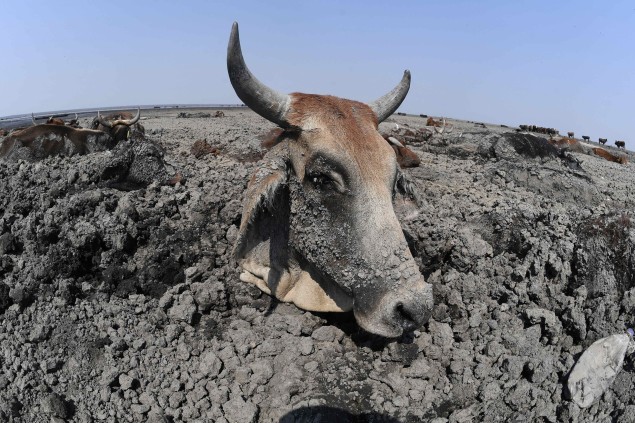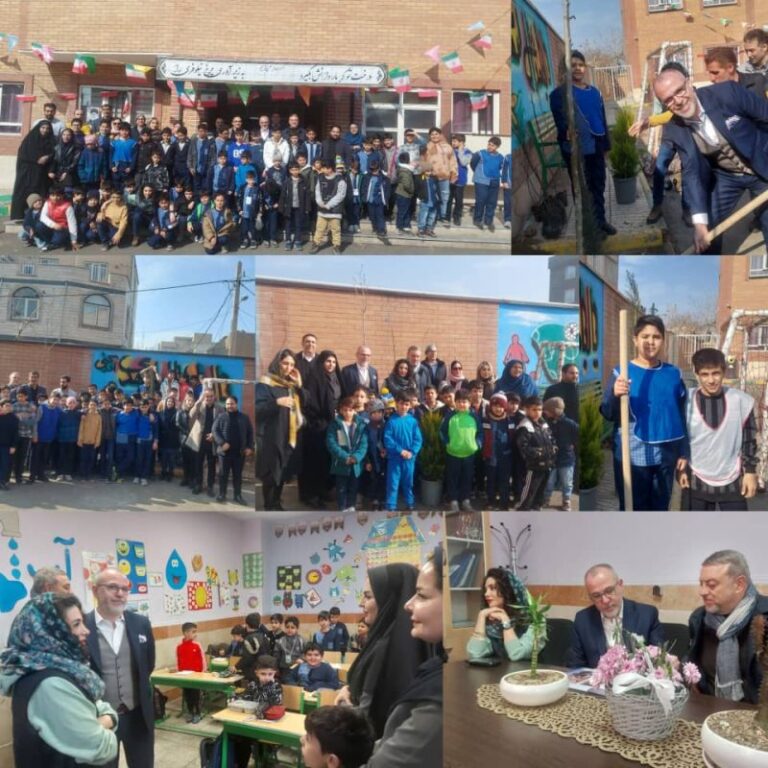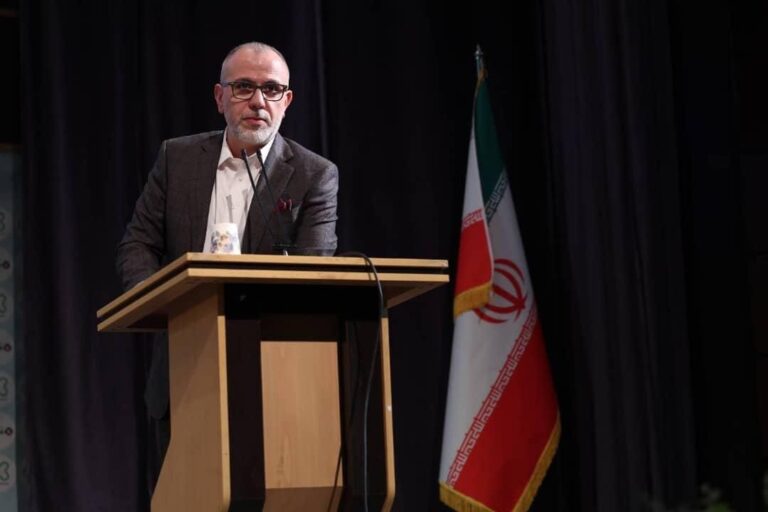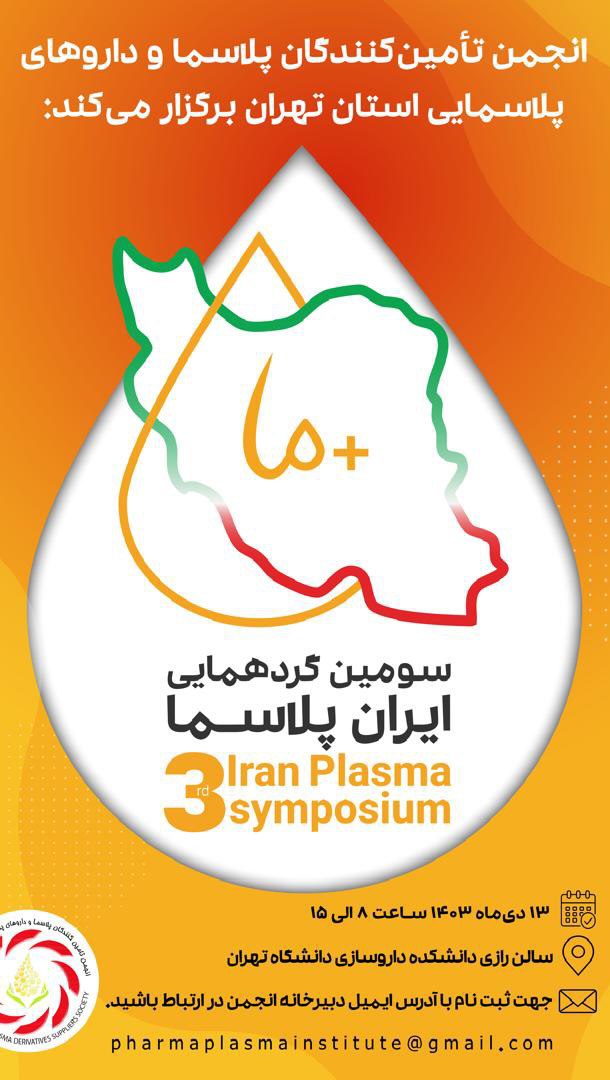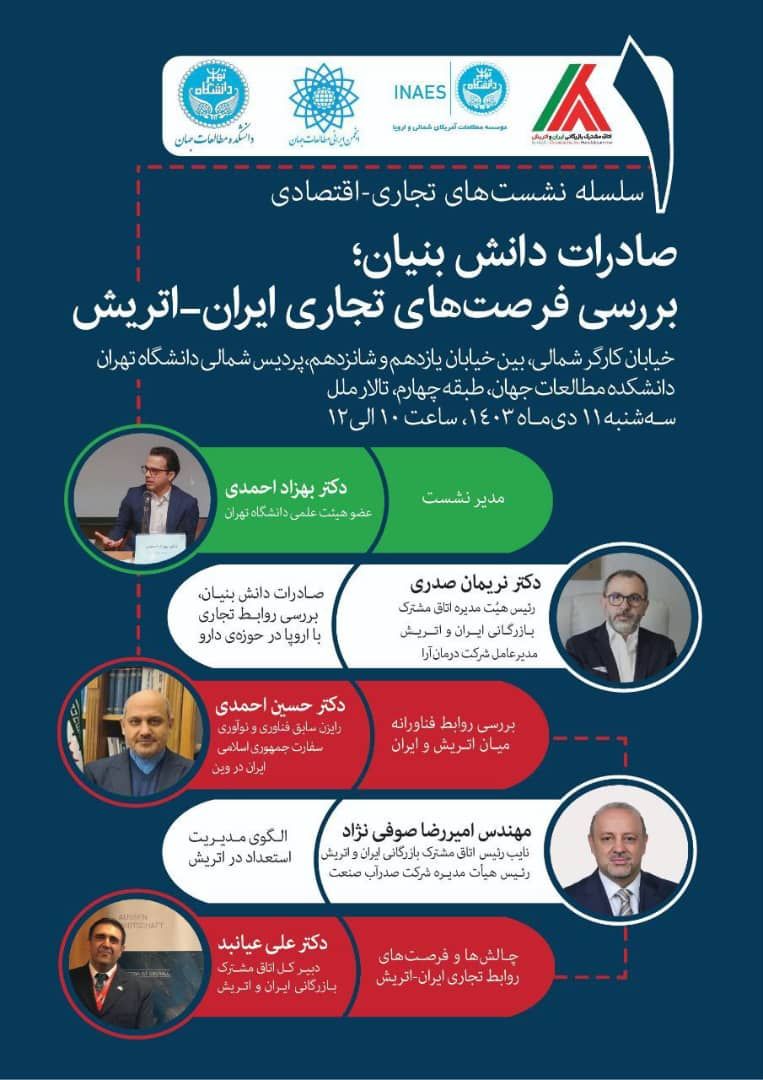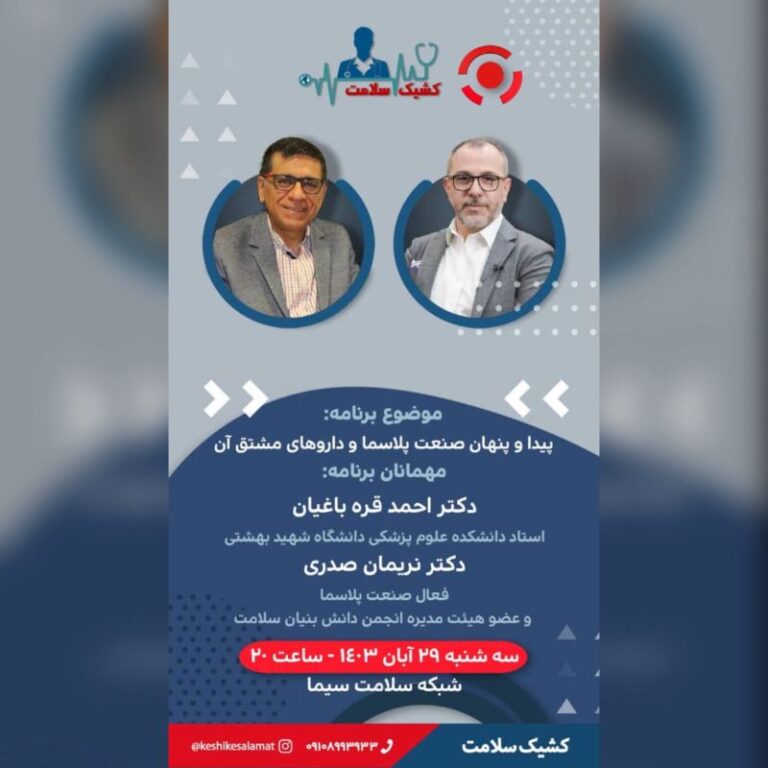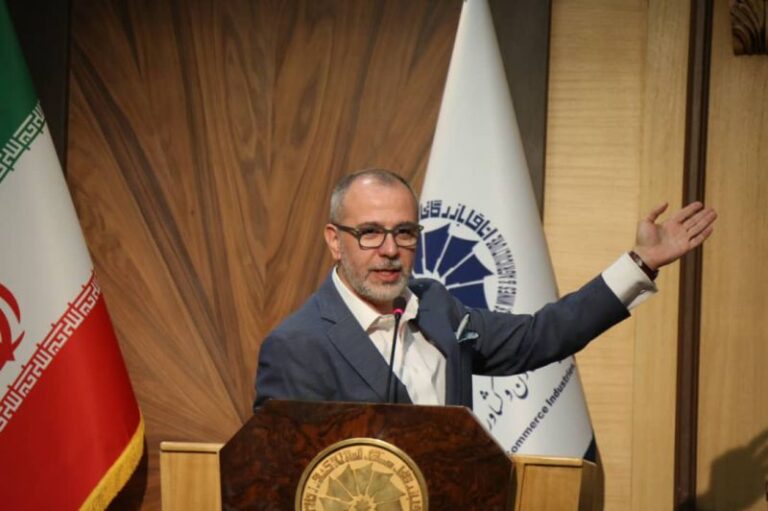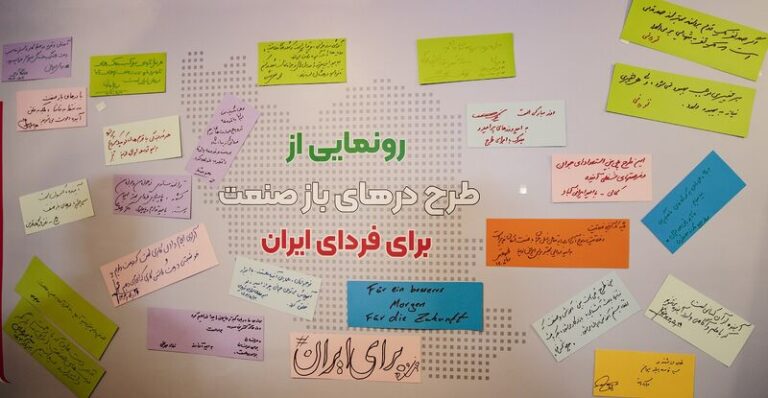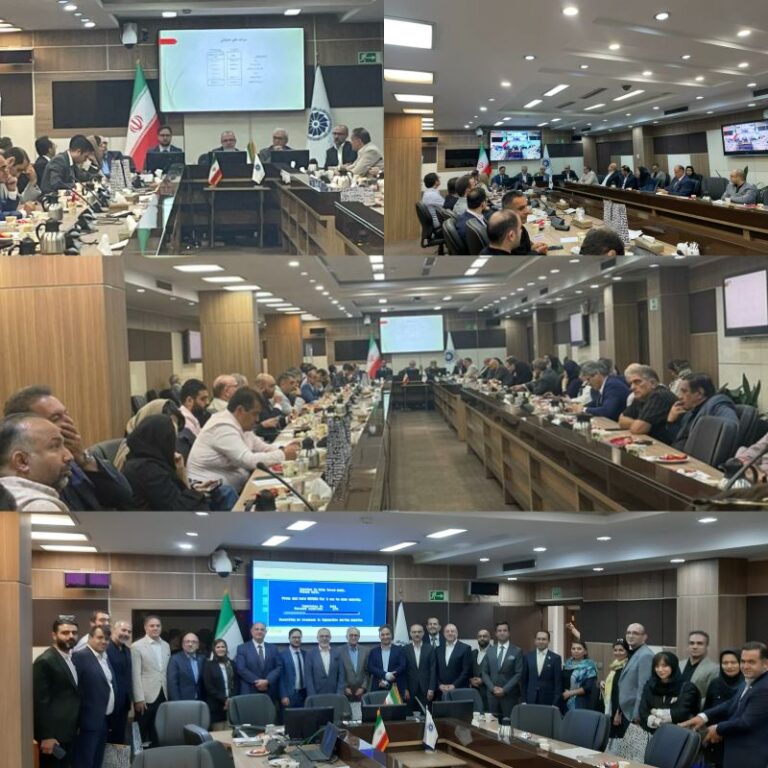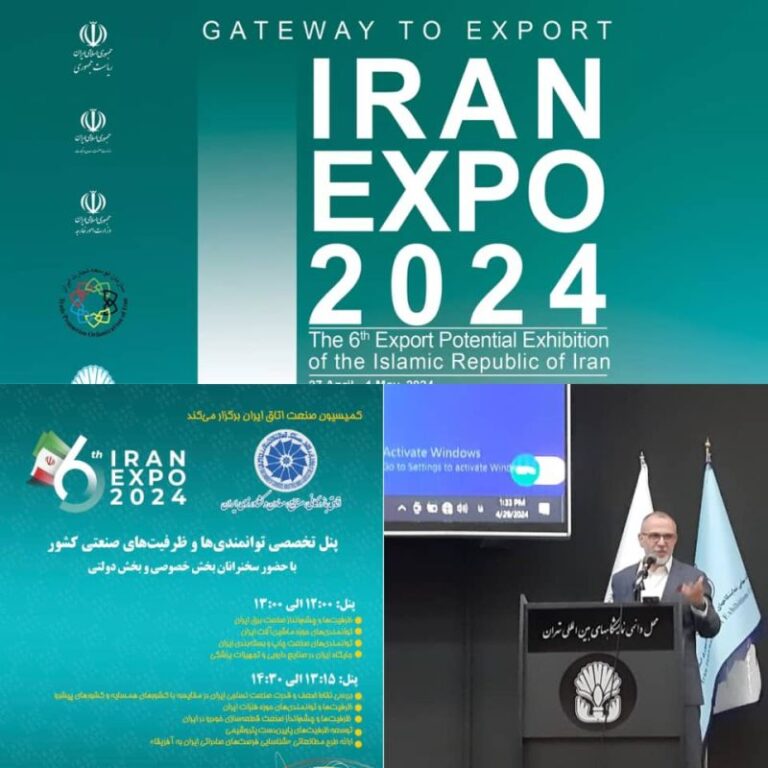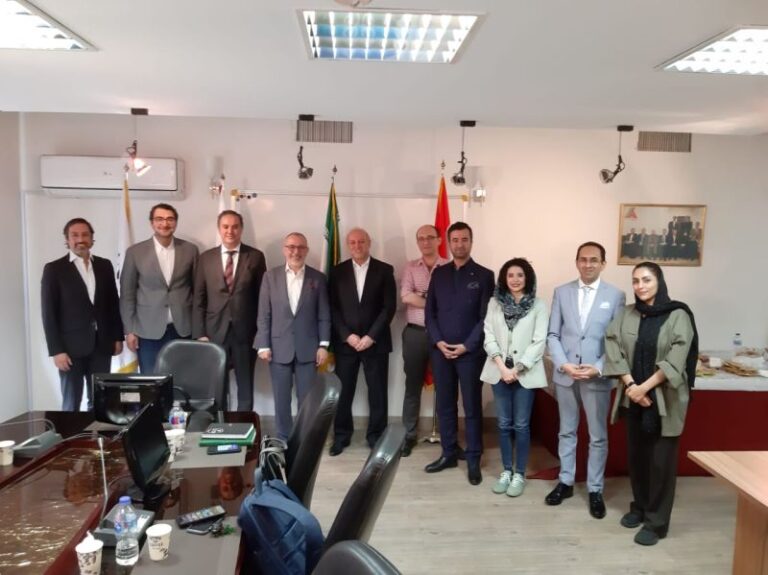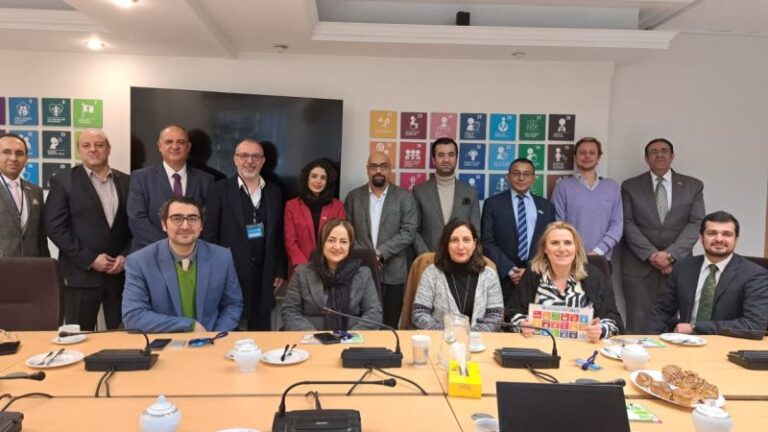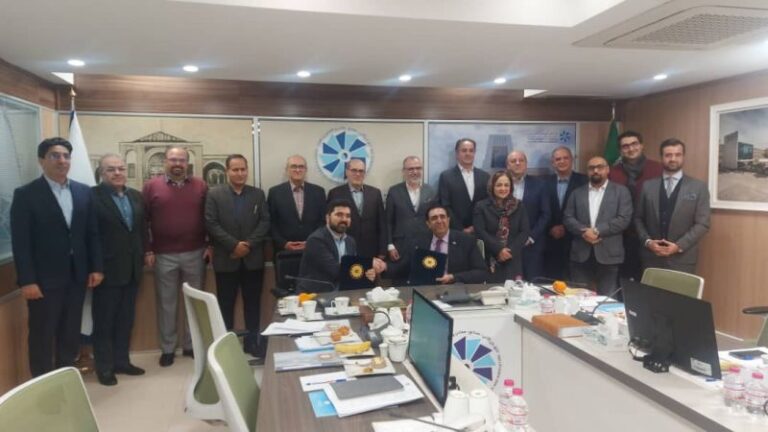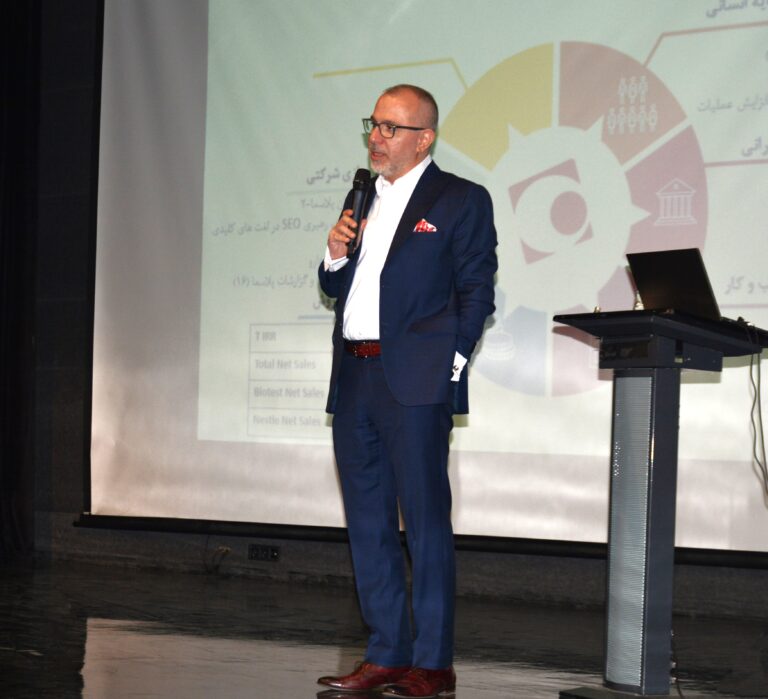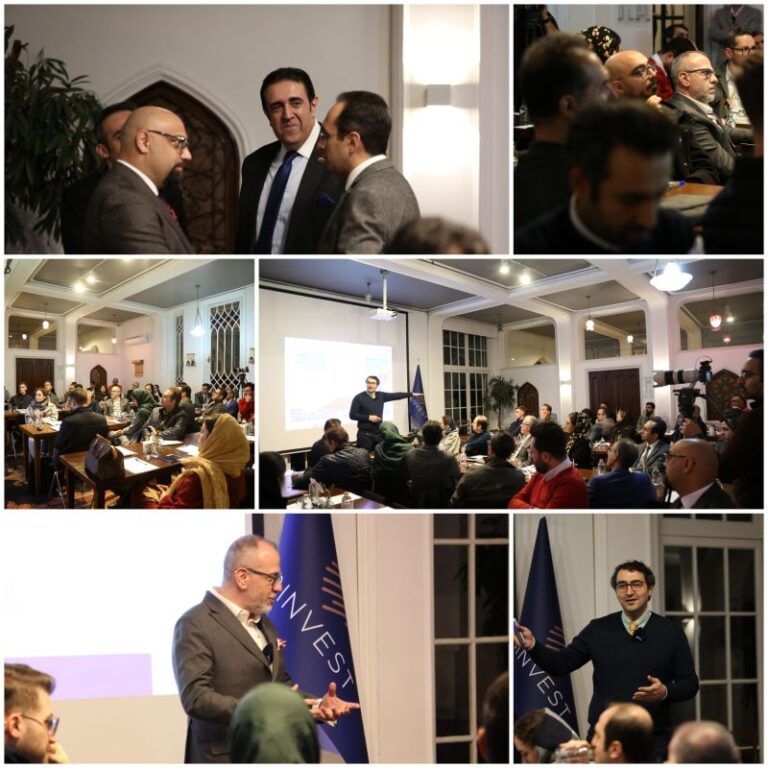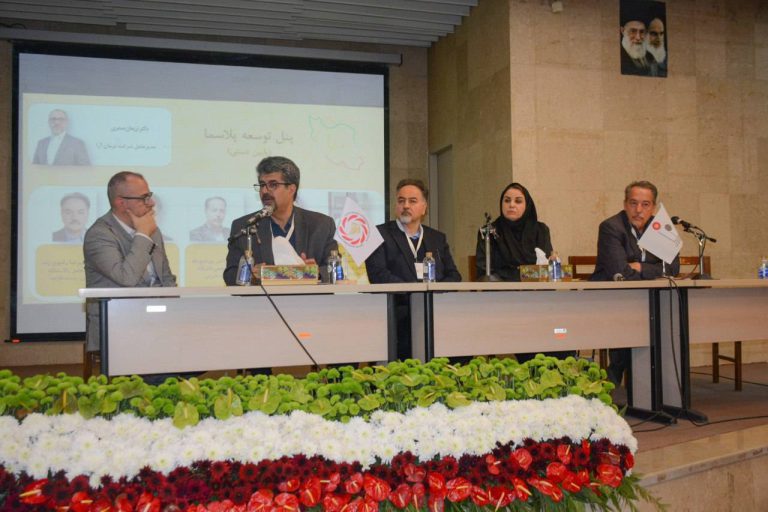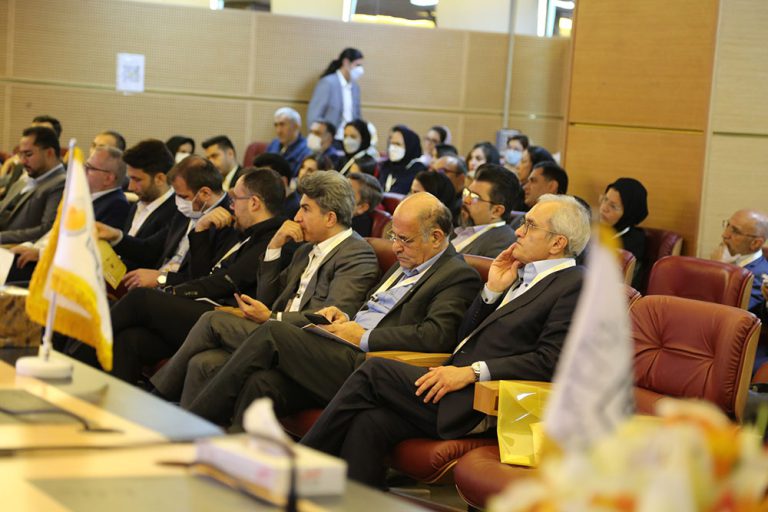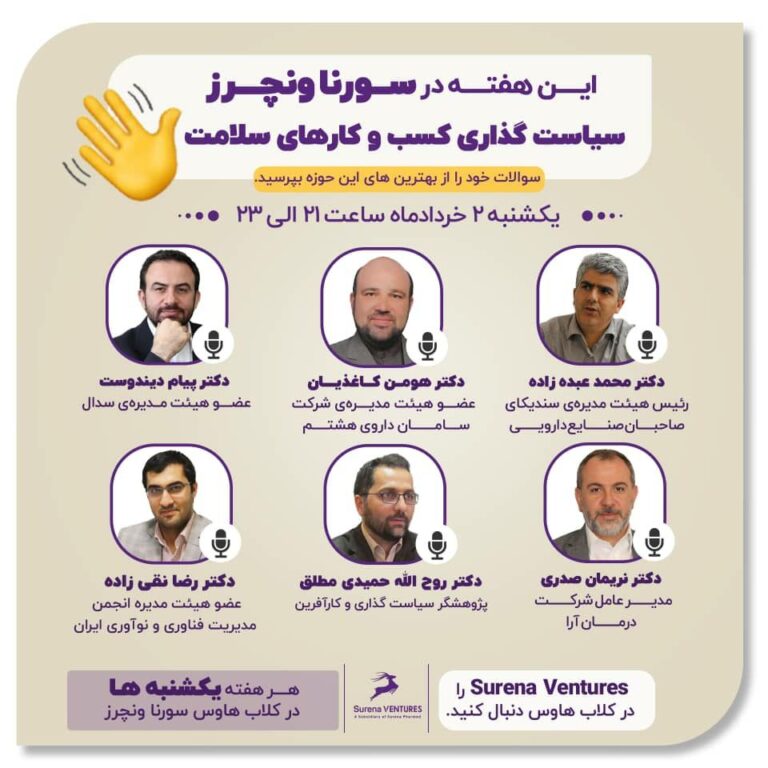These days, we are all reading and writing about the grim and unfortunate drought conditions in Khuzestan and much of Iran. I had intended to choose another topic to share my lived experiences this week, but when I began writing, I couldn’t focus on anything more pressing than climate change and environmental sustainability.
Responsible interaction with the environment to prevent the depletion of natural resources and endangering the ability of future generations and the rest of Earth’s inhabitants to meet their daily needs is not just a decorative slogan. It requires prioritization in strategic planning. Section 8 of the Sixth Development Plan Law addresses water issues, and Section 9 focuses on the environment and natural resources. When you read the law, it seems like it belongs to a developed country, and you see good strategies for overcoming the water crisis. However, the question is: are these strategic plans just for decorating the rulers’ bookshelves, or are they meant to serve as a roadmap?
During a short period, while working on a medical project at an oil drilling site near Susangerd, I had the opportunity to familiarize myself with the rural life of the warm-hearted locals. My duty was to provide medical services to colleagues at the site and, during my free time, to the residents of the nearby village. I remember the employer had brought in dozens of non-local workers to operate at the drilling site. The villagers protested and blocked the entry of heavy machinery to the site, and it took several days to resolve the crisis by hiring half of the required workers from the local population.
During this time, out of curiosity, I spoke with young men my age who had angrily blocked the road. These were young men whose childhood had begun under the bombardment of war, and the initial developments during the reconstruction era had brought nothing but increased unemployment and migration to large cities. Family wealth was measured by the number of buffaloes they owned. Contrary to my childish imaginations, there were no palm groves – as far as the eye could see, there was only barren desert. The sandstorms originating from Iraq made conditions even worse. They were angry because we were extracting oil, damming their rivers upstream, and leaving them poorer and their buffaloes thinner every day.
Today, those young men, like me, have reached middle age, and perhaps their children are now the same age we were then – angrier, with water trapped behind dams and their buffaloes dead!
The Sixth Development Plan Law states (Article 35) that the use of water obtained from dams must prioritize meeting the drinking water needs of the basin where the dam is located. Additionally, the provision of irrigation rights for farmers from rivers, springs, and qanats must be ensured using the water from the dams constructed on these rivers, qanats, and springs.
Mr. Minister, please take the Sixth Development Plan Law from the bookshelf behind you and flip through it in your spare time. This book is not for decoration…
(The photo has been used with the photographer’s permission.)

